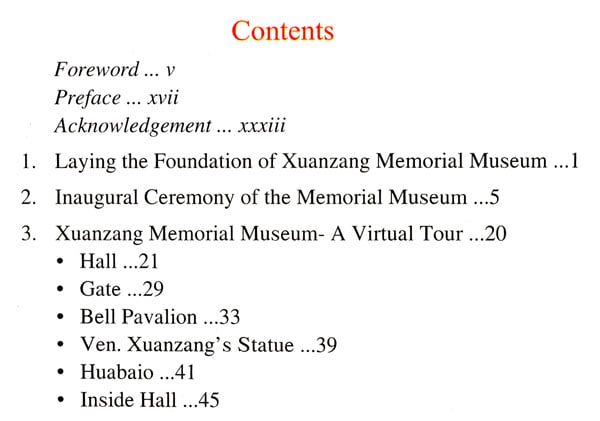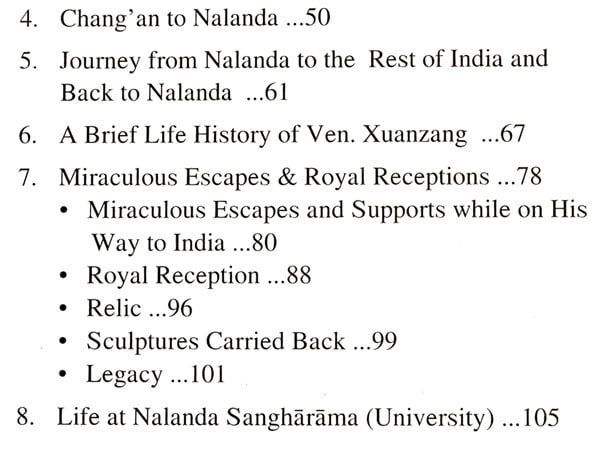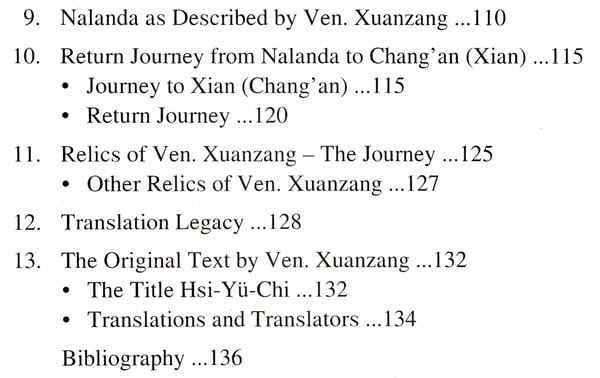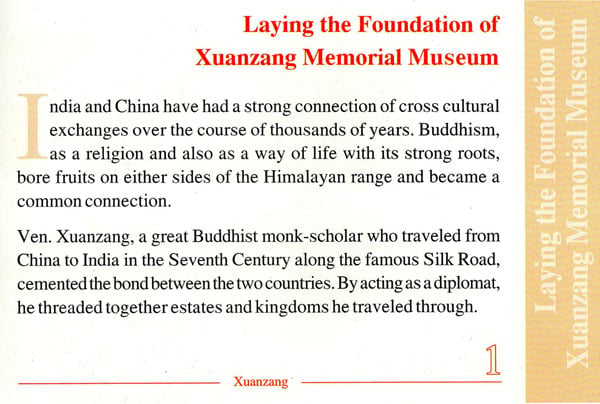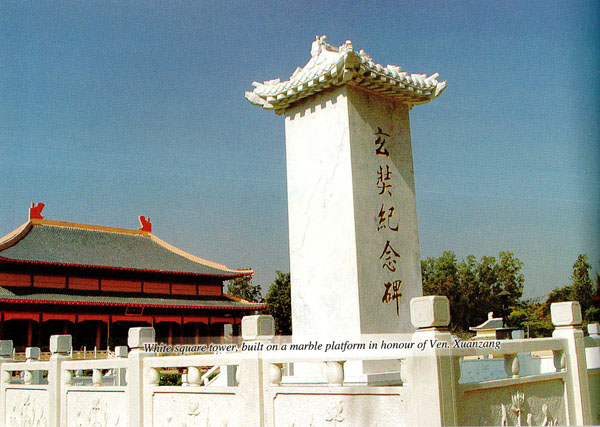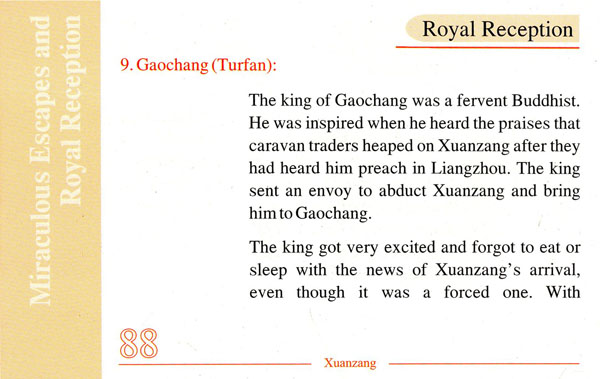
Xuanzang (Footsteps That Time Cannot Erase)
Book Specification
| Item Code: | NAX562 |
| Author: | Ravindra Panth, Shalini Nigam, Deepak Anand |
| Publisher: | Nava Nalanda Mahavihara, Bihar |
| Language: | English |
| Edition: | 2011 |
| ISBN: | 8188242195 |
| Pages: | 136 (Throughout Color Illustrations) |
| Cover: | PAPERBACK |
| Other Details | 4.00 X 6.00 inch |
| Weight | 190 gm |
Book Description
In today's global context of 21st Century, I am deeply inclined to equate Buddhism with humanism itself. Lord Buddha's teachings as preserved in the three baskets - the Tipitaka, show to mankind the path of primacy of conquest of the "mind" over the other synchronistic duality of "matter" in mundane affairs of life. Xuanzang - a Confucianist by inheritance and early training, became an uncompromising Buddhist. At the age of twenty (his birth being in 602 CE) he was ordained as a Buddhist monk and he studied some of the great sacred books of their religion under the guidance of the learned who also entered the Buddhist order earlier, and was soon acclaimed in China as a very learned and eloquent young monk.
The main aims of his pilgrimage were to visit the sacred places connected with the Buddha, to learn and practice the Dhamma by learning all he could from anyone he met who was versed in the texts, practice, and to collect texts to take back to China. Upon returning home to China, he planned to translate the texts in order to make known what had not been known and clear away wrong views. It was a quest for truth, for the supreme law. To him, the teachings of the Buddha meant a system of progressive social thought, of significance to every living being. He gave a vivid account of his travels including Nalanda where he stayed both as a student and as a teacher in the 'Records of the Western Regions’. It was mainly on the basis of his travelogue that the present site of ancient Nalanda Mahavihara was excavated.
Book's Contents and Sample Pages
